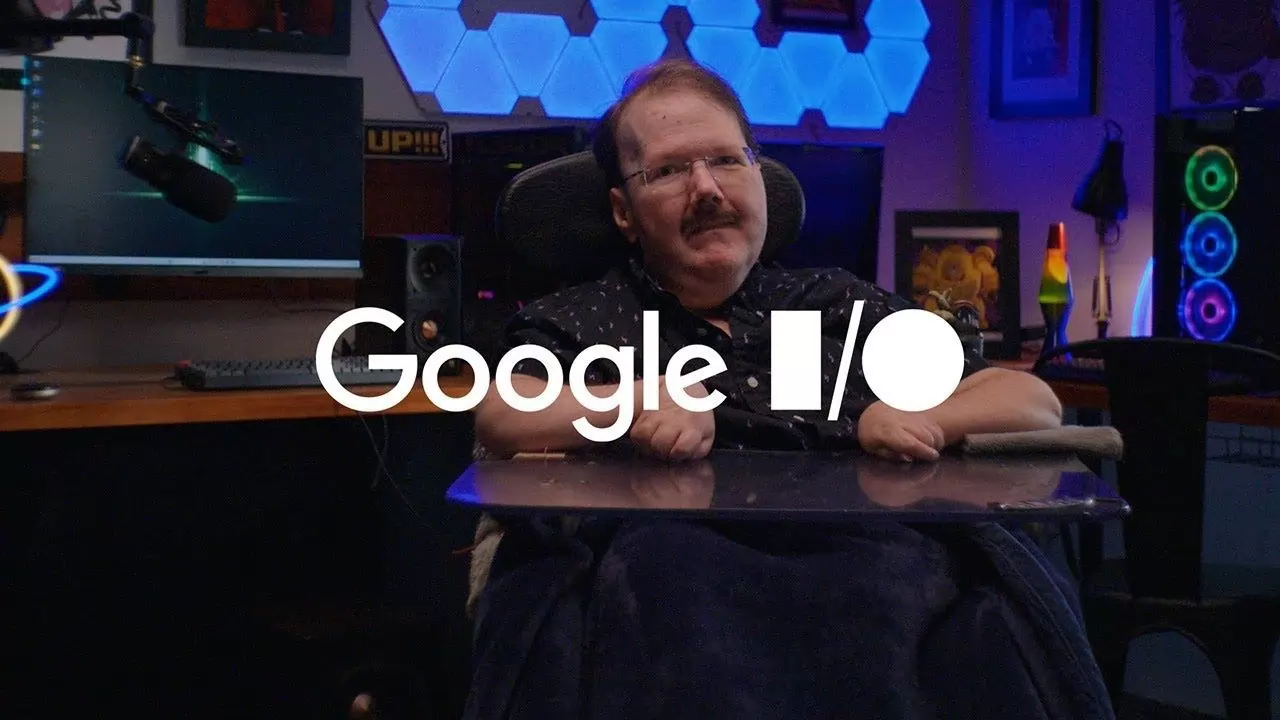
Google's groundbreaking initiative, Project Gameface, unveiled this month, promises to transform the gaming experience for differently-abled individuals. This innovative open-source technology enables hands-free control of a computer's cursor through facial gestures and head movements, making gaming and device operation more accessible and inclusive.
Inspired by the remarkable story of Lance Carr, a quadriplegic video game streamer battling muscular dystrophy, Google embarked on Project Gameface. Carr's struggle illuminated the need for accessible gaming solutions, prompting Google to develop a cost-effective tool to empower individuals with limited mobility.
Project Gameface leverages head tracking and facial gesture recognition to enable intuitive cursor control. Developers can integrate this technology into their software, utilizing device cameras to track movements and translate them into personalized control options. Google's collaboration with Incluzza in India aims to expand the technology's applications beyond gaming, incorporating features for typing and more.
At Google's developers' conference, the company announced the expansion of Project Gameface to Android devices. By incorporating a virtual cursor into the Android accessibility service, users can navigate smartphones and tablets using facial gestures. Leveraging MediaPipe's Face Landmarks Detection API, Google enables precise control by understanding 52 facial expressions, offering customization options for developers.
The open-source code for Project Gameface is now available on Google's GitHub repository, facilitating accessibility for developers worldwide. Contrasting with Apple's Eye Tracking feature, which utilizes on-device capabilities for navigation, Project Gameface offers similar functionalities using head gestures and facial expressions. While Apple's solution is integrated into the device's operating software, Project Gameface empowers developers to incorporate accessibility features into their apps and software independently.





Copyright © 2026 Top Indian News
